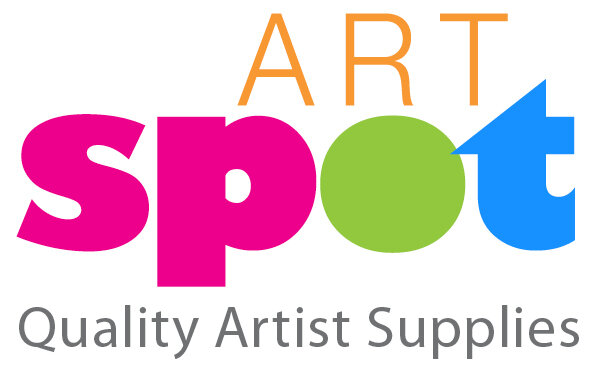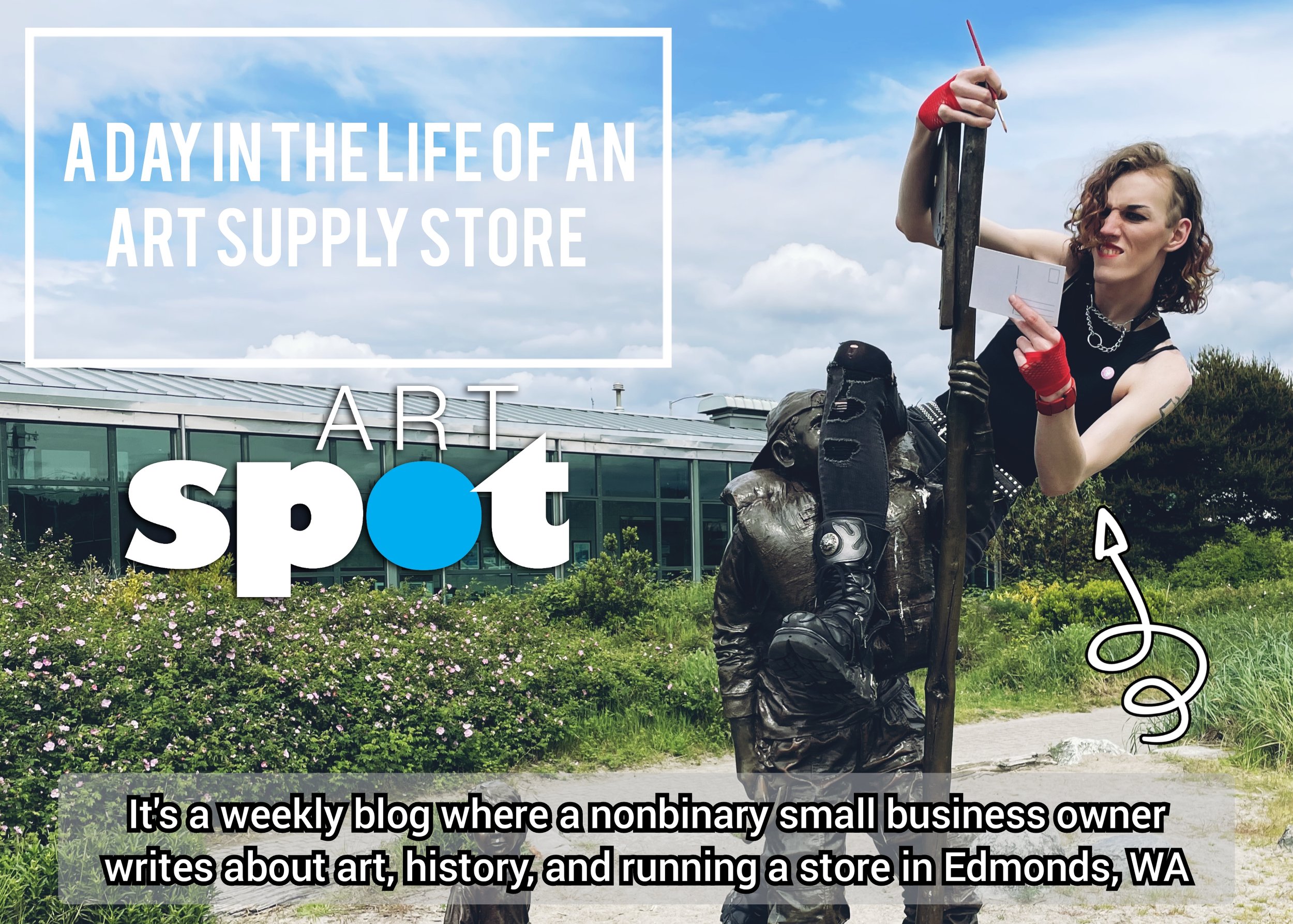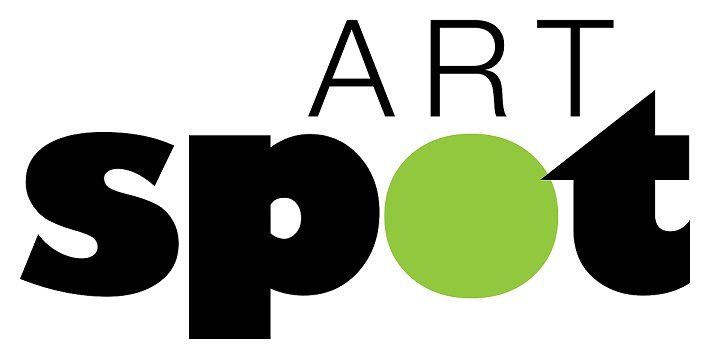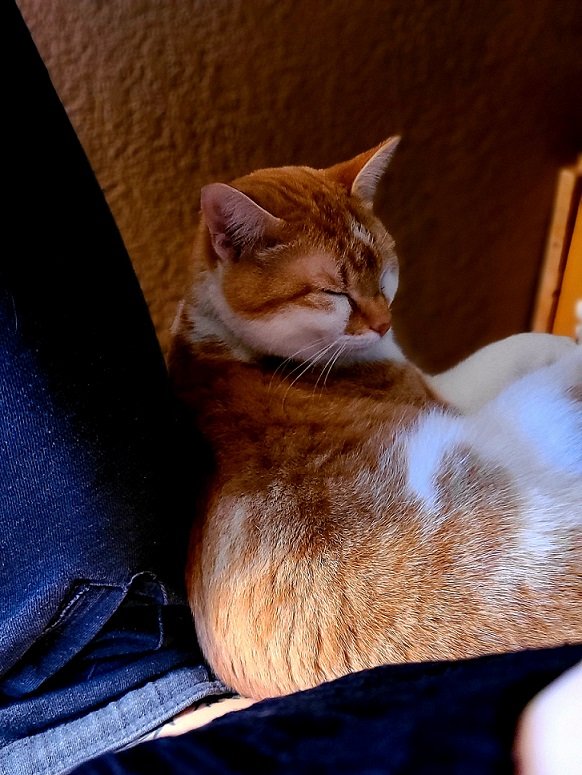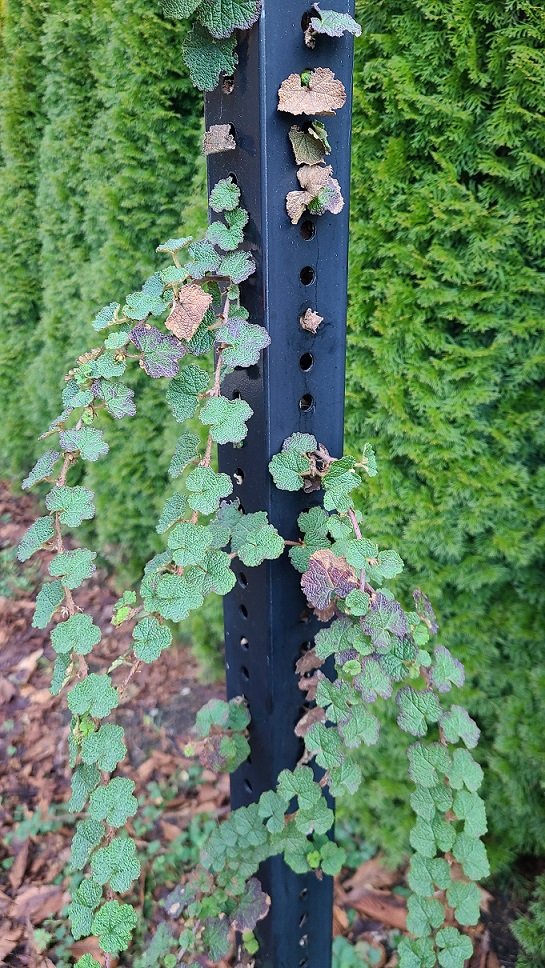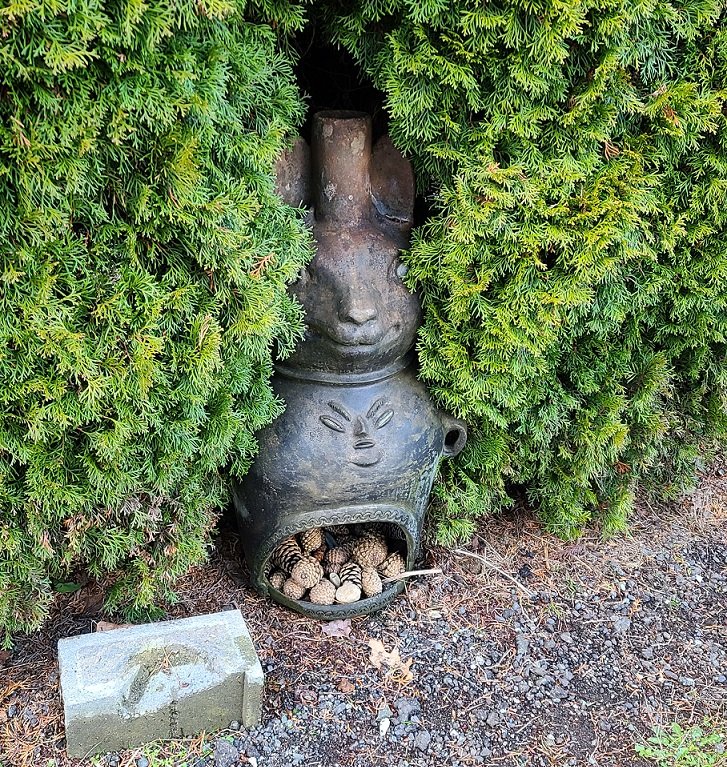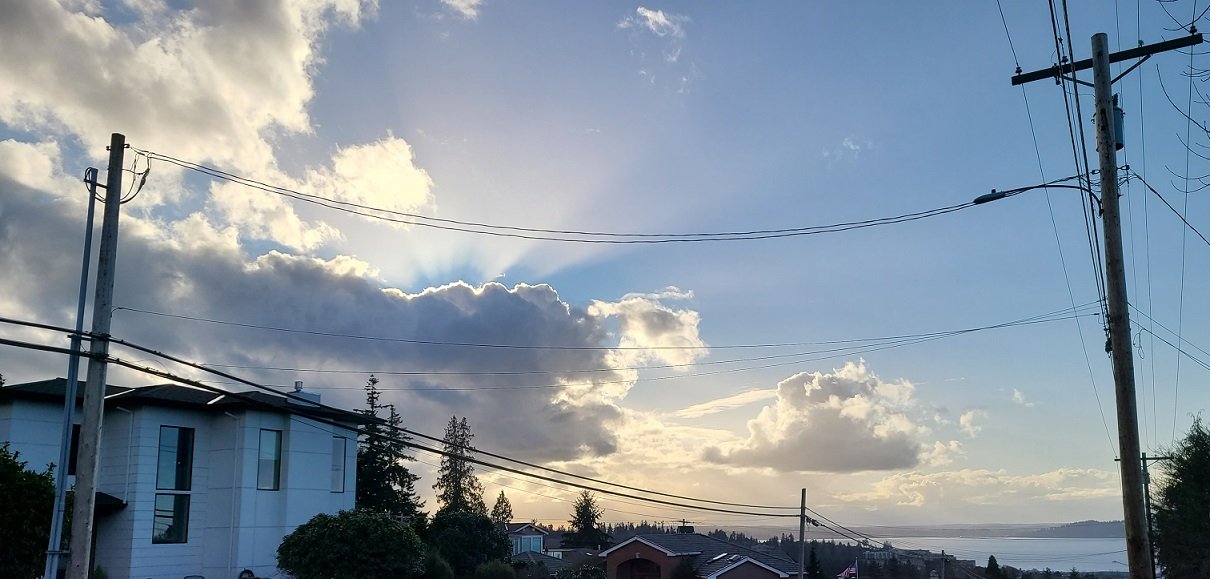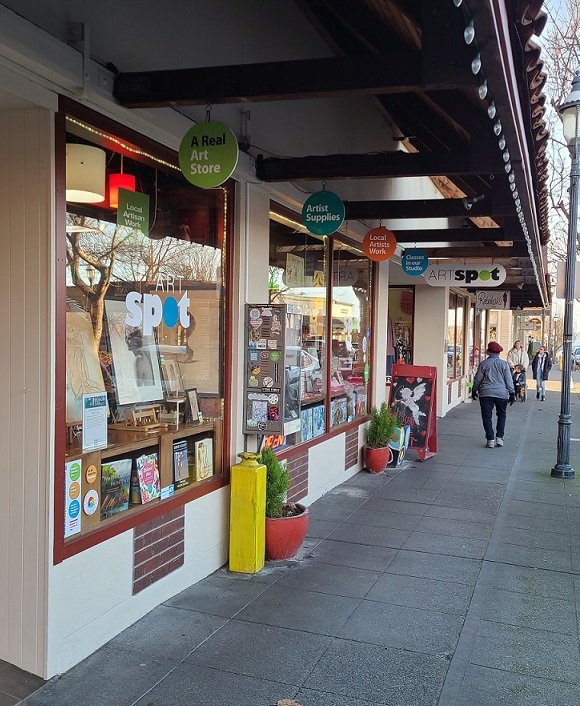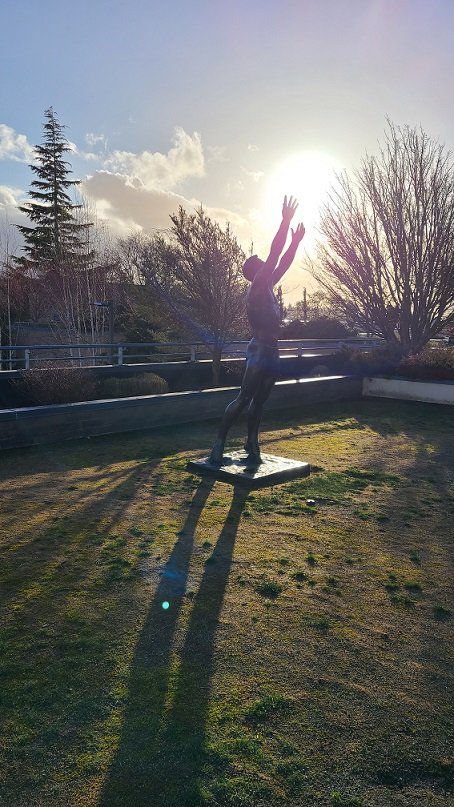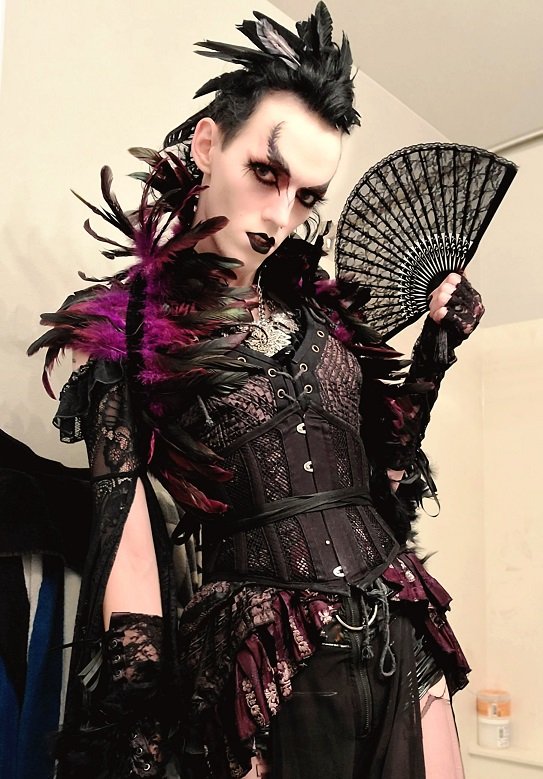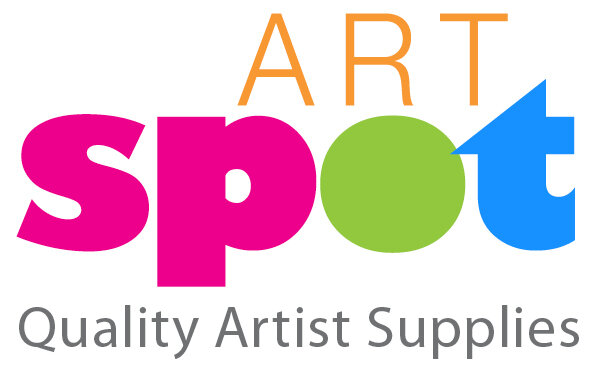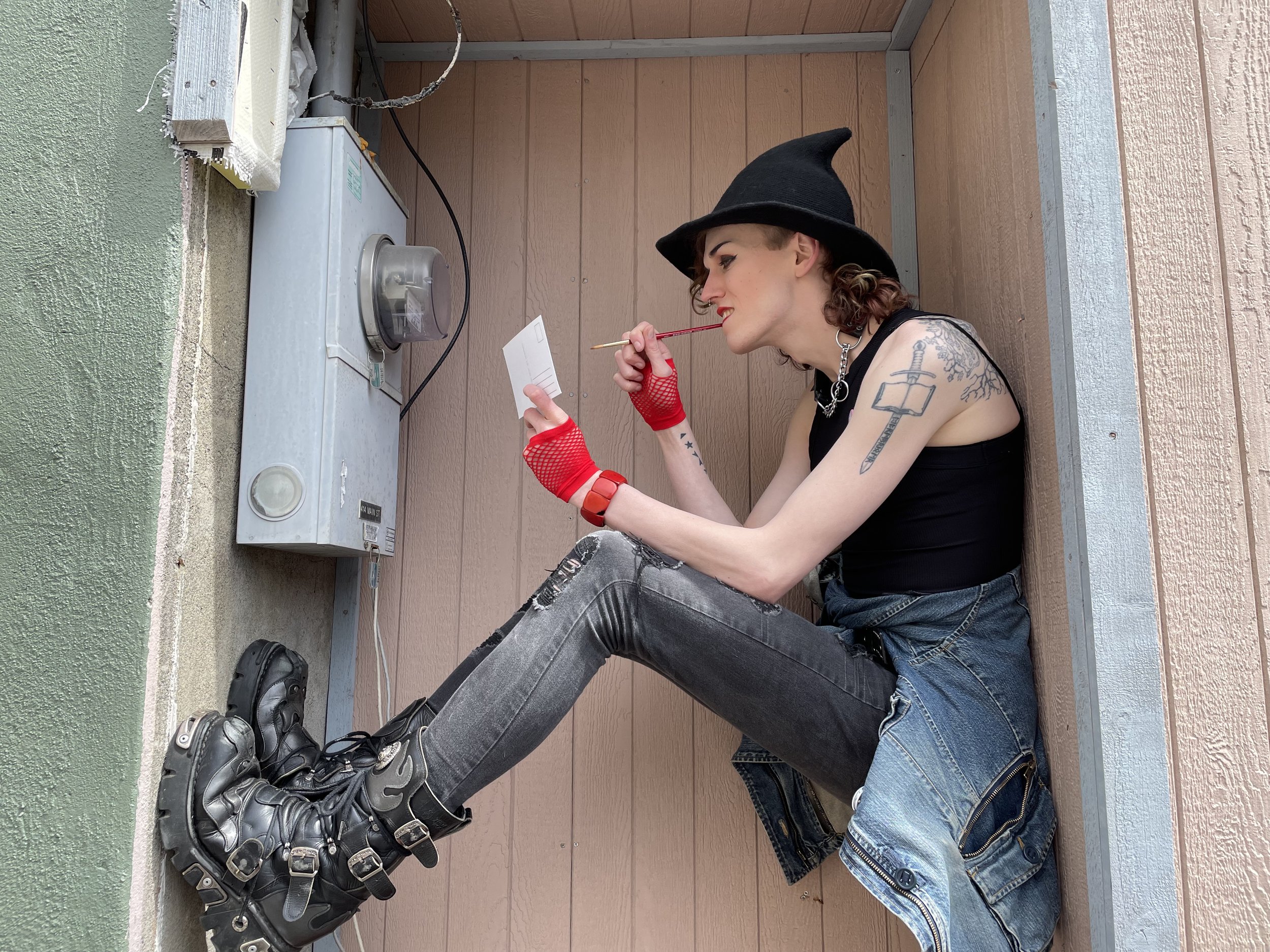The idea of a blank canvas is daunting to some and promising to others…
You stare at an 18x24” field of nothing(1), and it has a tendency to stare back. For some this may be the journey’s end, but I sincerely hope that won’t be your experience dear reader.
A major pillar of ARTspot’s philosophy, as well as my own, is not that everyone can be an artist but rather that everyone is an artist. For someone who’s dedicated a significant amount of their identity to the arts(2), I don’t spend a lot of my time casually painting. This philosophy of creativity helps to sustain me during periods like the past three years(3) when it’s been a struggle to sit down and just be creative in the ways I often used to.
t art doesn’t need to be good. It doesn’t even really need to be anything beyond an experience or a process. Art can look like so many different things, and I look to two different philosophies of art and creation to guide myself: those of Bob Ross and JRR Tolkien.
Although they both worked in different fields, both Bob Ross and Tolkien had something in common: the belief that all people ought to have access to the act of creation. From Tolkien, we see the idea of “sub-creation,” as outlined in his very long poem, Mythopoeia(4), or that all humans have been endowed with the ability to imagine and create. Granted, his belief in this was derived from his understanding that his God made humans in their image. We, through “refracted light,” could endlessly combine and recombine ideas and ought to keep that tradition alive and well.
Bob Ross, on the other hand, looked to explore creativity through visual mediums. While stationed in Alaska(5), he learned techniques to quickly paint the empty(6), snowy landscapes that were so new to him. Bob Ross took his newfound philosophies about art back with him after leaving the military. Everyone could be an artist if they wanted(7). Everyone should be an artist to teach themselves how to use the “happy accidents,” to their advantage in life. It’s absolutely unreal how many of his off the cuff remarks made during 31 seasons of free, televised instruction. He kept his palette and tools simple, just enough to get the job done. He didn’t just make art more accessible to more people, but also desirable and fun!
Saint of Former Drill Sergeants, Rescue Animals, and Happy Accidents
In my own creativity, and how I’ve continued to work with people who come through ARTspot(8), I’ve synthesized these two philosophies(9). Everyone could, and should exercise their creativity; it’s one of the coolest and most radical things we as human beings can do. Be receptive and curious about the creativity of others, but if you don’t exercise it yourself, then all you have is others exercising theirs on you. Art should be accessible(10) as widely as it should be participated in.
Anyone who’s ever made the critical mistake of walking into ARTspot on a day I’m working the floor and started self-deprecating their creative ability has gotten an earful(11) that I think would have made Bob Ross proud. Technical skill in art, like many other things, is a learned skill acquired through repetitive practice. Bob Ross completed over 30,000 paintings during his life. Tolkien, a university professor, published 29 books, translated 36 more, and contributed to many periodicals. Just starting with creativity is the hard part, then continuing on is also the hard part, but wherever you end up is where you want to be(12). Just make art!
(1) I hardly ever work on anything larger than 9x12”. Art doesn’t have to be big to be cool!
(2) The other part of my identity is being very, very queer.
(3) Coincidentally that’s also been the amount of time the Covid-19 pandemic has affected the USA! For some, this has been the opportunity to set aside the traditional responsibilities of the before times to get in touch with creativity. For many others, the stress, worry, and expendability in the workforce has been a major obstacle to creativity.
(4) This is a verbose smackdown of C.S Lewis, a friend and compatriot of Tolkien, who said in a conversation that myths were nothing but “lies breathed through silver,” or essentially worthless ramblings with little to no value (assumedly except for the Bible and the myths accepted as truths therein). It feels pretty wild to compose a seven page poem in heroic couplets used by Enlightenment English philosophers, but I guess these are the things you do for friends. If you ever have a fundamental disagreement with a friend, I suggest composing a poetic smackdown to get your point across or maybe a riddle.
(5) This probably isn’t news to many people at this point, but Bob Ross was a master sergeant in the US Air Force. He worked in a medical office but also had to be that guy who screamed at you for being late, being messy, or otherwise a bad example of military discipline. As someone who grew up rescuing little Floridian critters and nursing them back to health, that had to have really sucked, and he decided he never wanted to raise his voice again after leaving the military.
(6) Something I realized while researching this entry is that neither people nor evidence of active humanity ever appear in any of his paintings. Occasionally you’ll get a happy little cabin, but never with smoke coming out of the happy little chimney.
(7) One of my favorite bits of Bob Ross wisdom is “I really believe that if you practice enough, you could paint the Mona Lisa with a two-inch brush.” Aside from thinking that’s true, I think it’s a concise summary of his outlook on art..
(8) Customers, visitors, tourists, fellow employees, or otherwise.
(9) I’m a certifiably larger-than-average Tolkien nut. My mom read us the entire Lord of the Rings when I was, like, six or something. Despite the problematic aspects of his works, most everything he’s written has spoken to me in some way. I run a lot of Dungeons & Dragons games in a variety of settings, and feeling confident in my ability to create a world in which an interesting and meaningful narrative can play out is integral to the success of those games. Bob Ross, on the other hand, I only really started looking into during his resurgence of popularity in 2015-2017 because I wanted to host an impressive oil painting date with my now-partner babe despite not knowing anything about oil painting. I also watched a lot of his show when I was sick with COVID last year and couldn’t move, which was nice.
(10) I was recently accepted into my very first art show as an Adult™, and my accepted work was made with ballpoint pen on printer paper, crumpled and forgotten probably in my car for a few months, moved between two houses, stuck in a frame, and photographed for submission on the last day it was open. Yes, I do sell art supplies that are varied, beautiful, and expensive, but to make visual art you never need more than a mark-making device and something to make that mark on. In some cases, you don’t even need that. Idk, go stack some rocks on top of each other in an interesting way or something, look at it, and knock it down. You’ll have a great time, I promise.
(11) A soft-spoken, but passionate earful.
(12) To quote Amanda Palmer from the absolute bop that is the Ukulele Anthem: “Quit the bitching on your blog / Stop pretending art is hard / Just limit yourself to three chords / and do not practice daily
